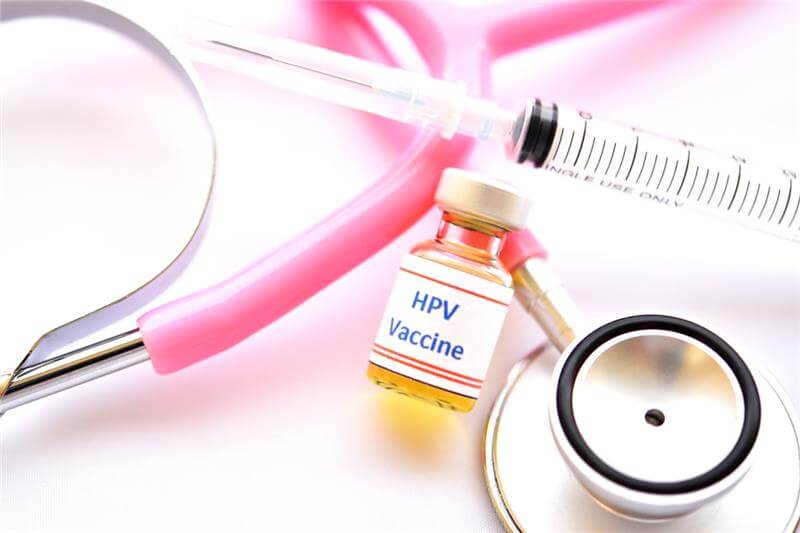
Globally and in Malaysia, the human papillomavirus (HPV) is a leading cause of cervical cancer. The fourth most prevalent cancer among Malaysian women and the eighth most common malignancy worldwide. In Malaysia, around 991 fatalities due to cervical cancer and 1,740 new cases are reported every year. Malays, Indians, and Chinese were all part of Malaysia’s multiethnic population, along with some Indigenous communities.
Based on sequence differences in the L1 gene, more than 200 HPV genotypes have been identified. High-risk (hrHPV) types can result in cervical and other cancers, whereas low-risk (lrHPV) types only produce benign lesions. According to the cancer elimination plan of the World Health Organization (WHO), 90% of girls should receive HPV vaccination by the age of 15, 90% of precancerous lesion cases should receive treatment, and 70% of women should complete screening by 2030.
For their national immunisation programme, Malaysia uses Cervarix and Gardasil-4, while Gardasil-9 provides complete protection. Preferred Reporting Items for Systematic Reviews and Meta-Analyses (PRISMA) guidelines were followed in this systematic review. HPV genotype data from two decades in Malaysia were collected by including primary research published after 2000. The studies, including adults, adolescents, and older women, are included because there were no specific age restrictions.
Two reviewers independently extracted data from each included study using a standardized form. For observational studies, the Newcastle-Ottawa Scale (NOS) was used to evaluate the methodological quality of the included studies. Discrepancies were resolved through discussion, with a third reviewer consulted when necessary. A percentage of the total sample size was calculated for each research based on the number of cases for low-risk (lrHPV) and high-risk (hrHPV) genotypes.
Using Microsoft Excel, data were arranged and examined along with tables and graphs that show the distribution of HPV genotypes and co-infections. From 22 studies, a total of 44,251 women participated, ranging in age from under 20 to over 80 years. In East and Peninsular Malaysia, studies were carried out in both urban and rural areas. Malays were the biggest ethnic group, followed by Indians, Chinese, and Indigenous peoples, according to the research that recorded ethnicity.
As per findings, the HPV prevalence ranged from 4.5% to 47.7% in routine screens and up to 100% in confirmed cases of cervical cancer. HPV16, HPV18, HPV58, HPV52, and HPV33 were the most prevalent hrHPV types. While the lrHPV types with HPV6 and HPV11 are rare. The HPV-related risks were highlighted by the genotype distributions throughout Malaysia’s states and ethnic groups. Malignancy or intraepithelial lesions were not detected in almost half of the cytology results. The prevalence of low-grade lesions (22.9%) was higher than that of high-grade lesions (5.7%) among abnormalities.
Women with normal cytology show a high HPV prevalence, which highlights the importance of HPV-deoxyribonucleic acid (DNA) testing for screening. The limitations include the possibility of participant overlap in large datasets and methodological differences in genotyping techniques in West Malaysia compared to East Malaysia. The most prevalent genotypes in the country are still HPV16 and HPV18, but with notable regional and ethnic variations. More research and monitoring in underserved areas were required to regulate policies and monitor changes after immunization.
References: Chee CSM, Tan SSN, Voon PJ, et al. Human papillomavirus (HPV) genotype distribution in Malaysia: a systematic review. BMC Infect Dis. 2025;25:1010. doi:10.1186/s12879-025-11441-0












